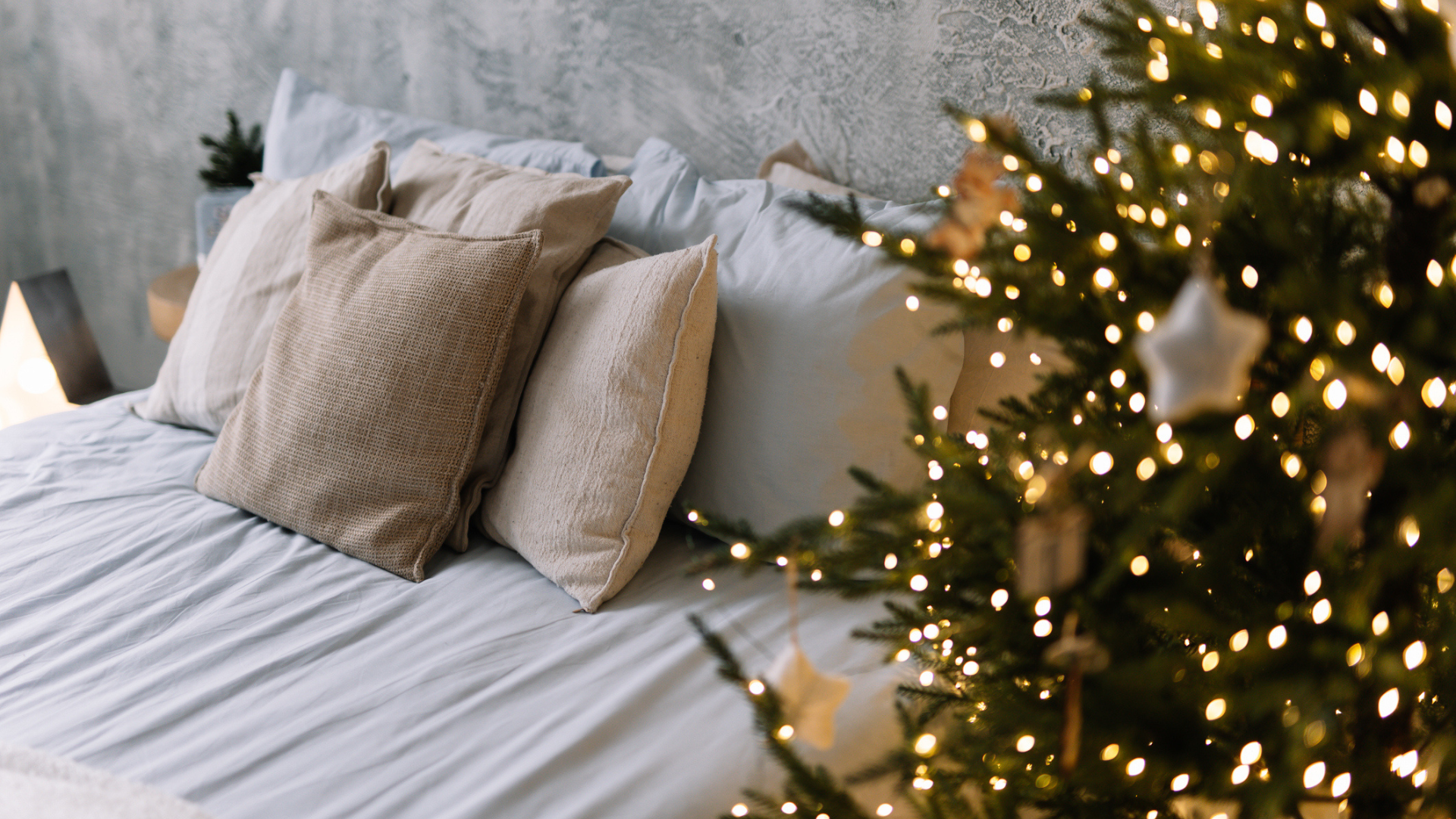11 surprising uses for eggshells in your home and garden

Whether it’s for breakfast, brunch or in our tasty bakes, eggs are extremely versatile and nutritious. But, did you know that there are surprising uses for eggshells too?
Typically, eggshells are rich in calcium carbonate and other minerals which can be the perfect boost for our gardening needs. In addition, repurposed eggshells can be used in the kitchen, and a great way to reduce waste. Win-win!
So, before you throw out your leftover eggshells, check out these 11 surprising uses for eggshells in your home and garden.
Surprising uses for eggshells in your home
Before reusing eggshells, always ensure they are clean and free from bacteria. Thoroughly rinse the shells inside and out, making sure to remove any residue or membrane that may be stuck to the inside. Then it’s recommended to bake the shells at 150°F on a cookie sheet for about 10 minutes to sterilize.
1. Boil eggshells in your coffee
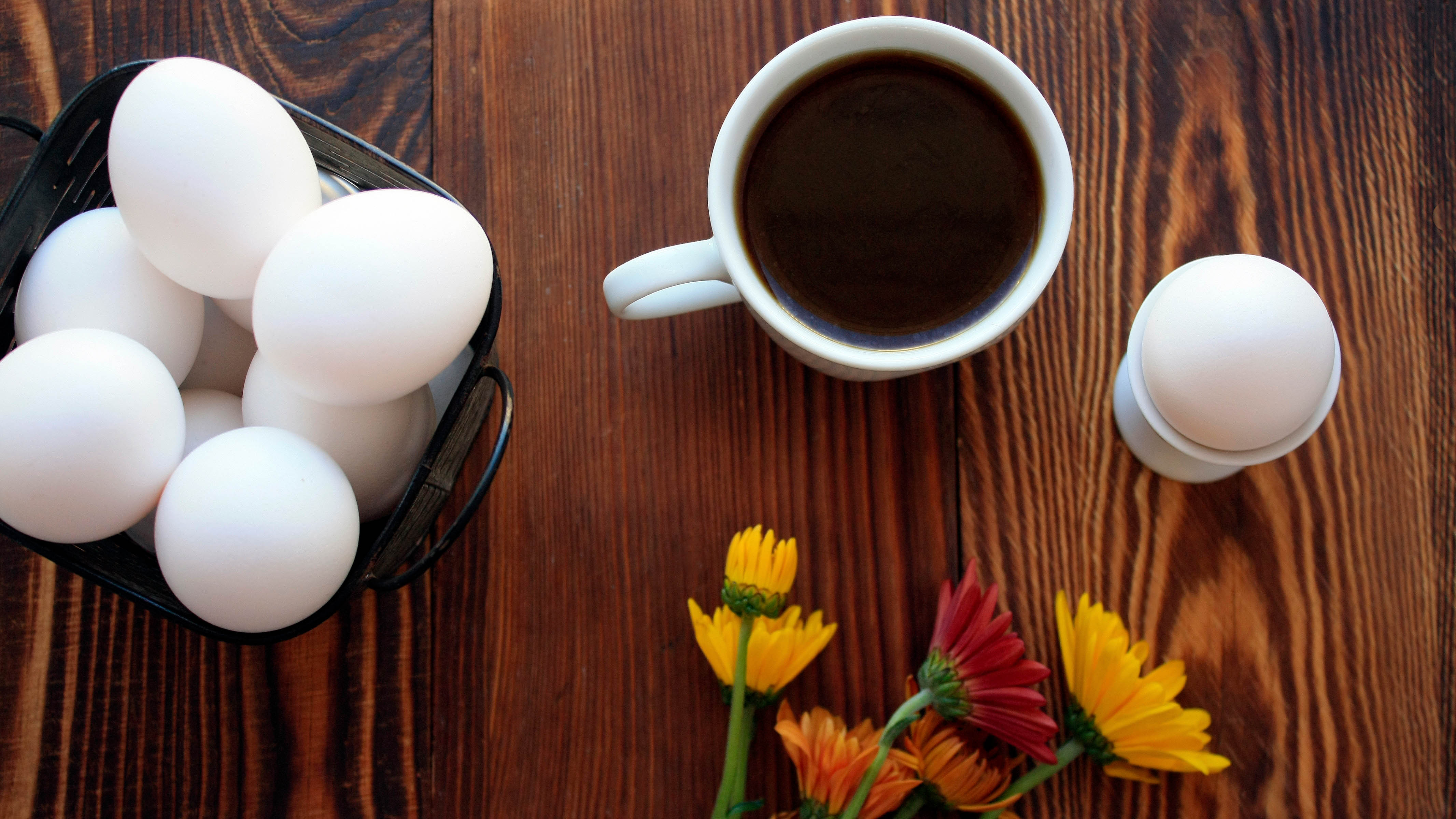
This might sound horrid to coffee lovers, however, eggshells can actually make coffee taste better. Essentially, eggshells are alkaline, which works well to neutralize acids. So when you have a bitter-tasting cup or brew in the morning, the eggshells will clarify it — making it less acidic, and more pleasant to drink.
Simply, add crushed eggshells to ground coffee before brewing, and this should take away the bitterness. In fact, crushing the shells of just one egg is enough to make four cups of great-tasting coffee!
2. Add powdered eggshells to your foods
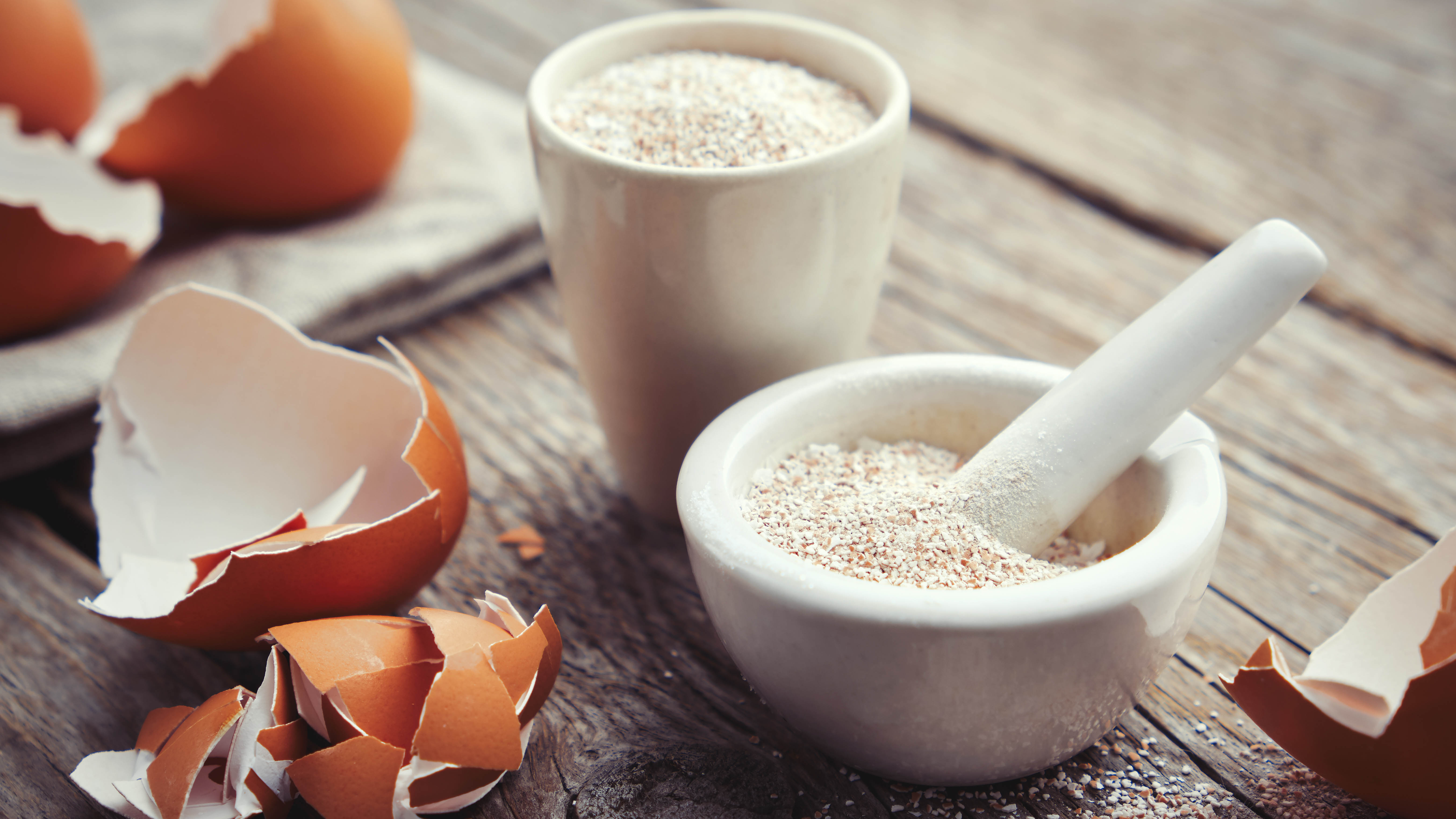
Since eggshells have a high calcium content, why not add it to your foods? In fact, a single eggshell contains 2.2 grams of calcium, according to research by the University of Florida. Considering the average adult only needs one gram of calcium per day, this makes it a great natural calcium supplement.
Get instant access to breaking news, the hottest reviews, great deals and helpful tips.
Always make sure to use eggshells from organic or free-range chickens. Those won’t contain any hidden pathogens often found in eggs from factory farms.
The best way to eat eggshells is to crush them into fine powder. Then you can add a ½ spoon of powder to a variety of things such as soups, stews, juices or even smoothies. Bear in mind that you might find a slight change in texture — but this shouldn’t affect the overall taste.
However, don’t eat eggshells if you’re already getting enough calcium in your diet or have any other nutritional conditions.
3. Use eggshells to clean dirty pots

If you didn’t fancy consuming your eggshells, you can always clean with them instead! Eggshells make a gentle abrasive cleaner, ideal for scouring dirty pots and pans clean.
Simply crush a few eggshells into a dirty pan, and add dish soap and hot water to scrub it clean. The shells should break up and lift any stubborn dirt as they are wonderfully abrasive. Just test out on a small area of the pot first, to avoid surface scratches or risk of damage.
Or you might want to check out the best way to clean a stainless steel pan and make it gleam.
4. Remove coffee mug stains
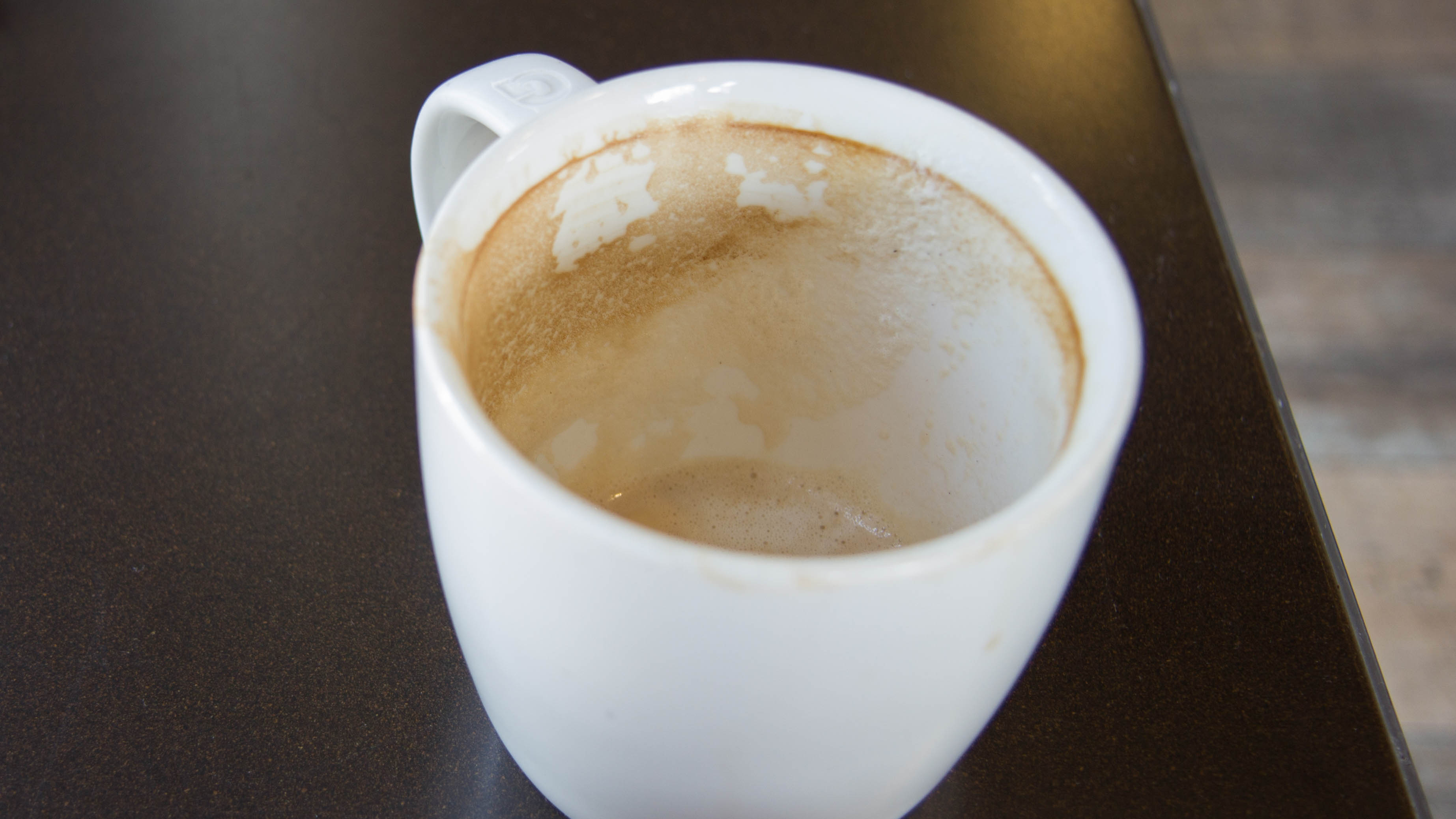
In addition, eggshells are great for removing coffee or tea stains from mugs or teapots. Simply crush the eggshells and throw them into the stained item. Dampen with a trickle of water before leaving it to sit overnight. In the morning, add some water and swish it around before emptying down the drain.
You’ll find the stains have disappeared, and you can still reuse the eggshells again! What’s more, you can use crushed eggshells in grimy, glass vases for a more glistening surface.
5. Create mosaic crafts
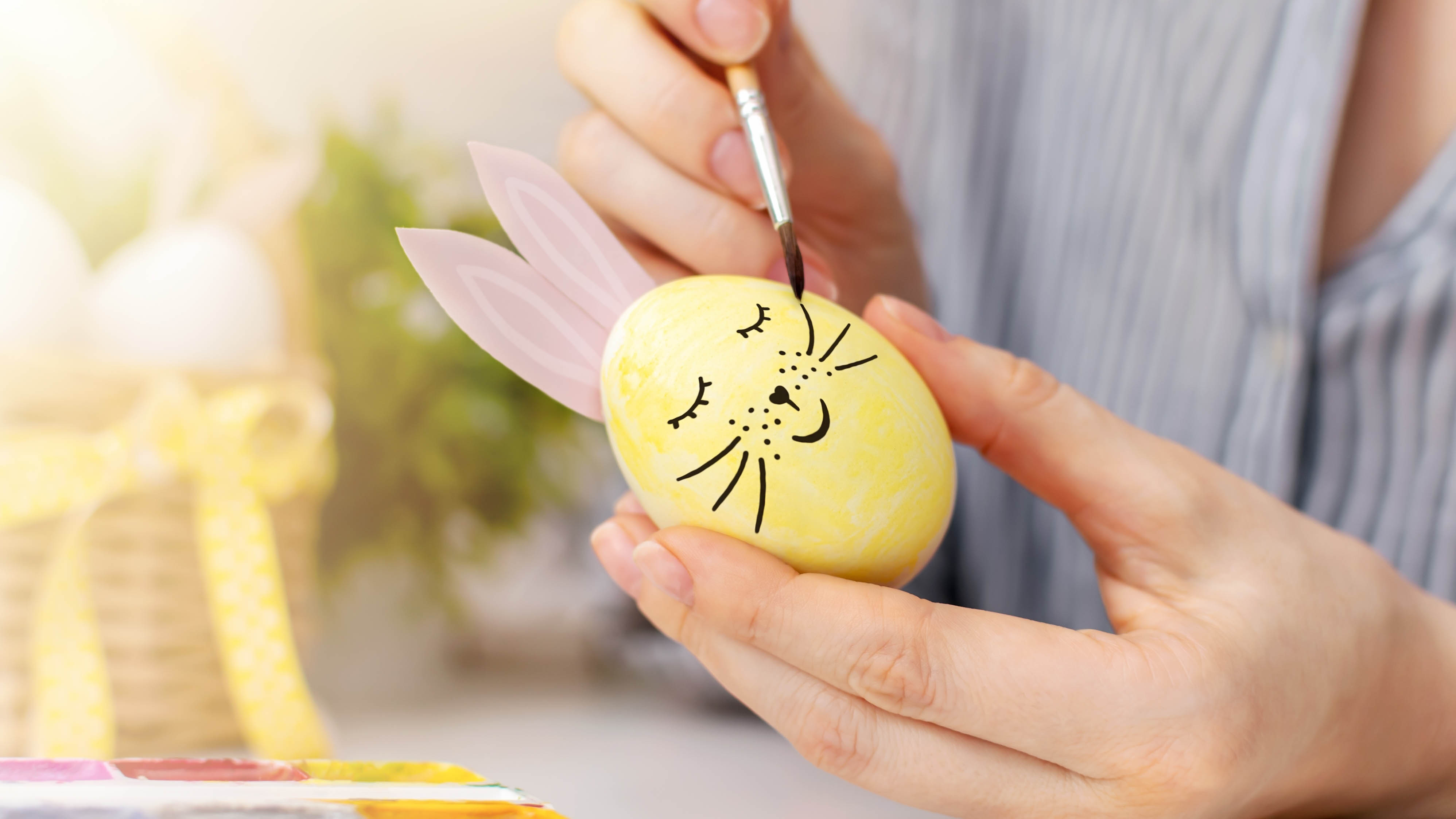
If you want to get creative, or try your hand at those Pinterest projects, you can use eggshells to make mosaic crafts, arts, or even paint Easter eggs.
In fact, eggshells can be the ideal material for mosaics, as they easily break into different-sized pieces. You can even dye your shell various colours, which can be used to decorate all sorts of accessories, such as photo frames, mirror frames, candle holders and more. A fun way of repurposing eggshells, especially for children — just be wary of any sharp edges.
6. Seedling plants in eggshells

If you want to grow seeds outdoors, you can always plant them in eggshells instead of pots. In fact, eggshells are the best option for seedling plants, and will provide all the nutrients needed for them to grow.
Simply fill the shell halfway with soil, and carefully place your seeds in it. A good tip to keep the eggshells in place is to put them back in the eggshell carton. Then once the plants grow and are large enough, you can transplant the entire shell to the garden. The shell will then break down, and supply essential calcium to the surrounding soil. What’s more, eggshells make the perfect, eco-friendly, and biodegradable seedling pot choice.
7. Make a plant fertilizer
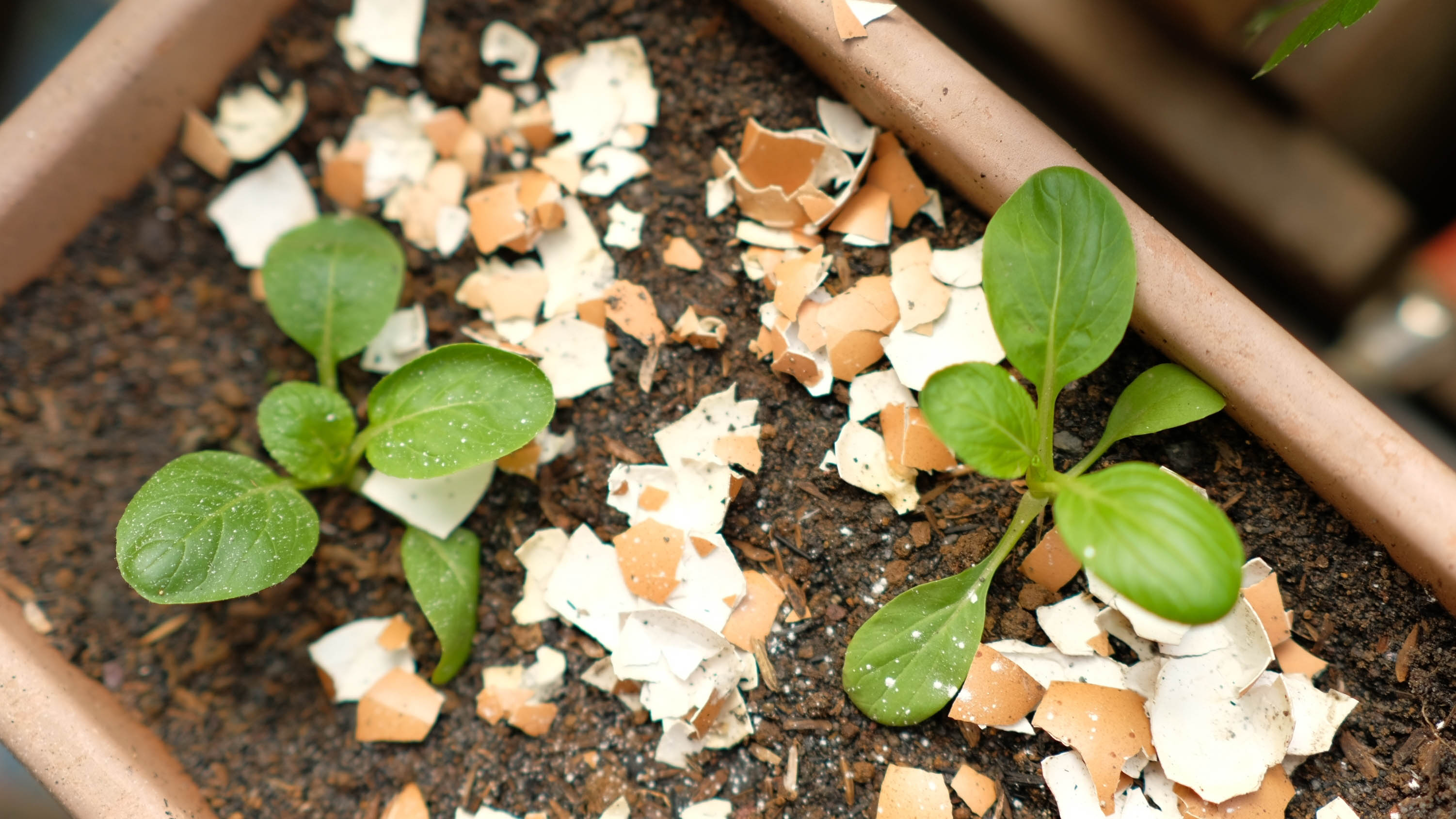
Since eggshells are rich in calcium and other minerals that will help your plants and garden thrive, you can make a fertilizer. Simply crush a few eggshells into tiny pieces using a pestle or mortar. and sprinkle around the base of your plants every two weeks. This will supercharge your plants, and give them a natural boost.
Eggshells particularly work well for treating tomato plants with blossom-end rot. This is usually caused by a calcium deficiency in the plant, brought on by dry conditions in the soil. When there are low calcium levels in the soil, the fruit’s tissue breaks down and forms the sunken lesion at the bottom of it.
Gardening experts recommend placing eggshells directly under your tomatoes when transplanting tomato plants to help tackle this common problem.
8. Drainage for indoor plants

If you’re a lover of houseplants, but wondering why they’re wilting, it could be a lack of drainage. In addition to providing calcium to the soil, eggshells work well as drainage for plants.
Simply line a layer of crushed eggshells in the bottom of the pot to absorb the water and help to drain the plant. Other forms of drainage include lava rocks, stones or gravel. Plant roots won't thrive when sitting in excess water, so it’s important you provide good drainage for the water to run out.
9. Make quality compost
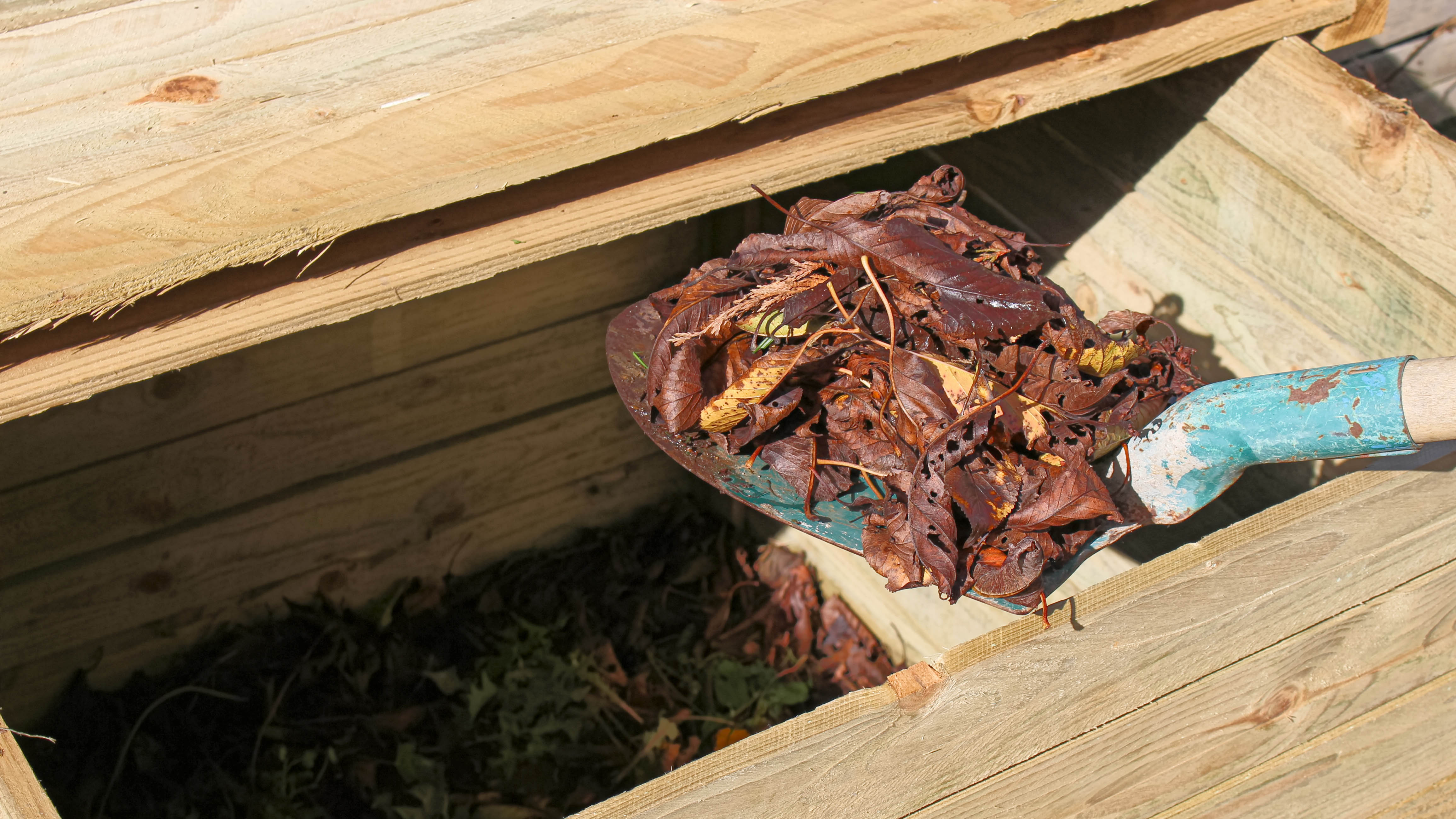
Considering eggshells contain high levels of calcium and essential minerals, these make the perfect addition to your compost heap. Simply crush your eggshells into tiny pieces before tossing them in the pile. In fact, the finer you crush them, the faster they will break down, and decompose.
Not only will it release calcium over time, but will help to aerate the soil to help the moisture circulate better— Improving the overall quality of your mulch. In addition, having a compost pile reduces your trash and helps the garden waste too.
10. Sprinkle around garden to deter pests

Alongside being a great fertilizer for plants, eggshells are also a good deterrent for common garden pests. Soft-bodied insects like slugs and snails hate the texture of crawling over sharp pieces of eggshell, and will stay far away.
So if you want to protect your homegrown veggies or plants from getting munched on, simply crush a few eggshells and scatter them around your yard. This should help to keep a pest-free garden, and thriving plants.
11. Feed the birds
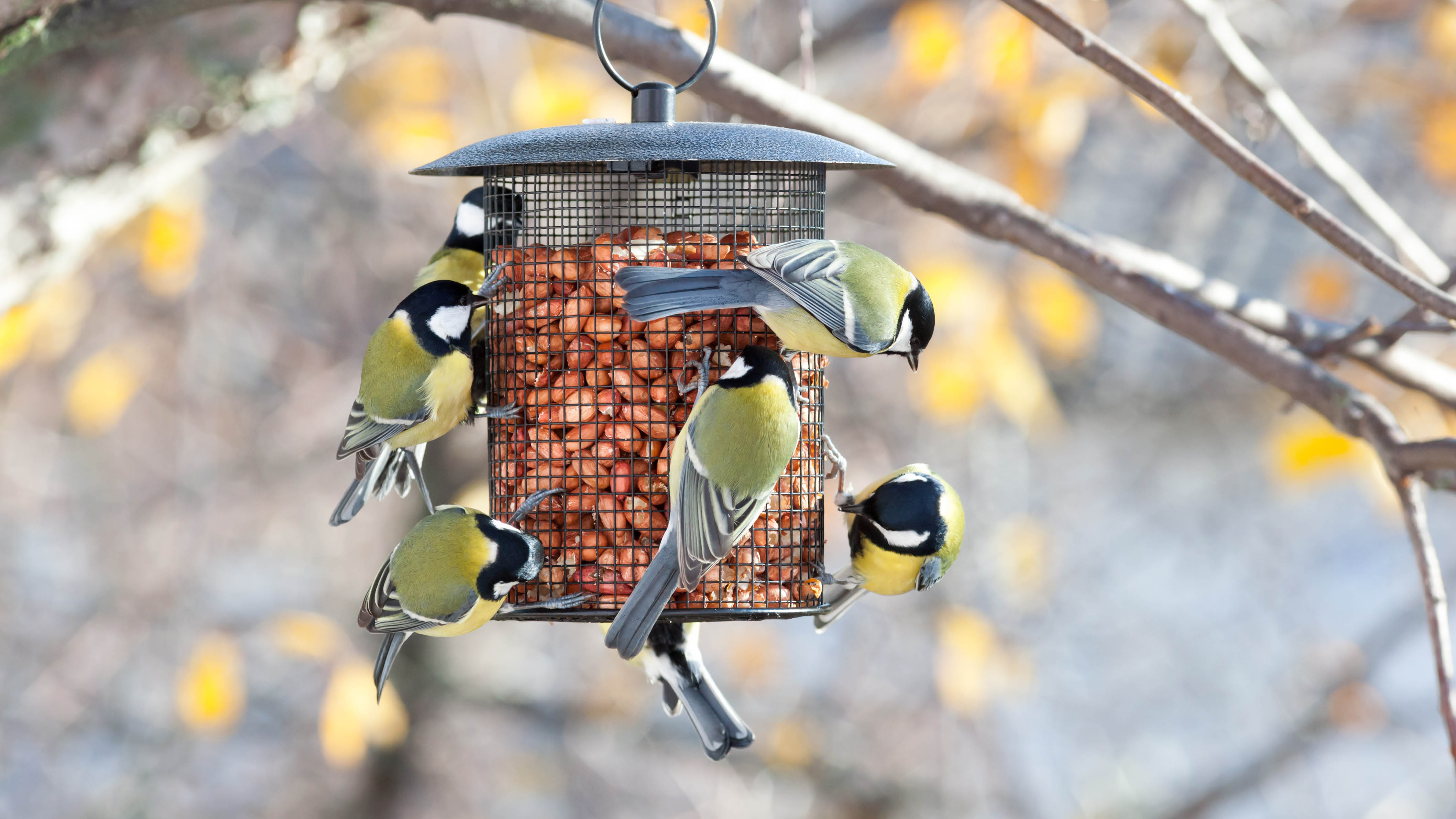
If you tend to attract birds into your garden ,or have feeders, eggshells make a nutritious addition to their feed. Simply crush the eggshells into small, bite-sized pieces before sprinkling it into their feed mix or in a suitable container.
These will make a highly nutritious and hearty meal for wild birds, and even chickens. If you want more advice on feeding birds, check out these top tips and what to avoid.
More from Tom's Guide
- 9 surprising you can clean with a lemon
- Why baking soda and vinegar are good at cleaning
- 7 surprising things you can clean with a magic eraser

As the Homes Content Editor, Cynthia Lawrence covers all things homes, interior decorating, and garden-related. She has a wealth of editorial experience testing the latest, ‘must-have’ home appliances, writing buying guides and the handy ‘how to’ features.
Her work has been published in various titles including, T3, Top Ten Reviews, Ideal Home, Real Homes, Livingetc. and House Beautiful, amongst many.
With a rather unhealthy obsession for all things homes and interiors, she also has an interior design blog for style inspiration and savvy storage solutions (get rid of that clutter!). When she’s not testing cool products, she’ll be searching online for more decor ideas to spruce up her family home or looking for a great bargain!
